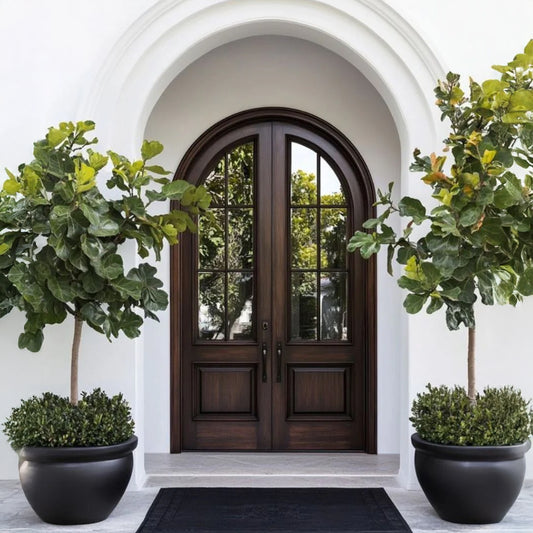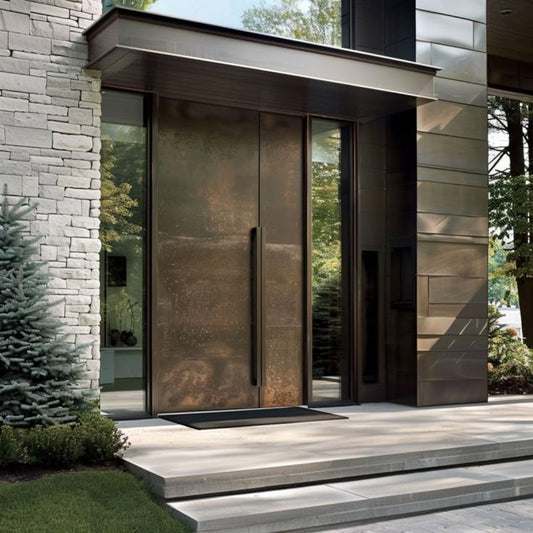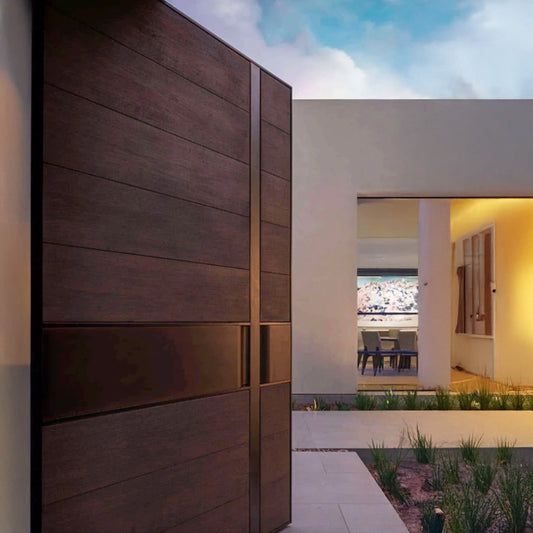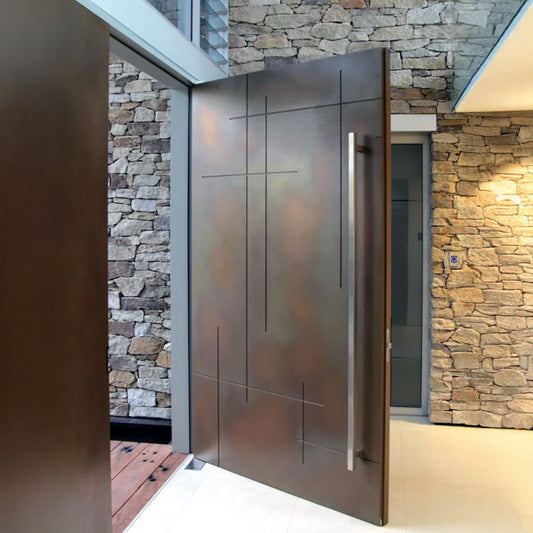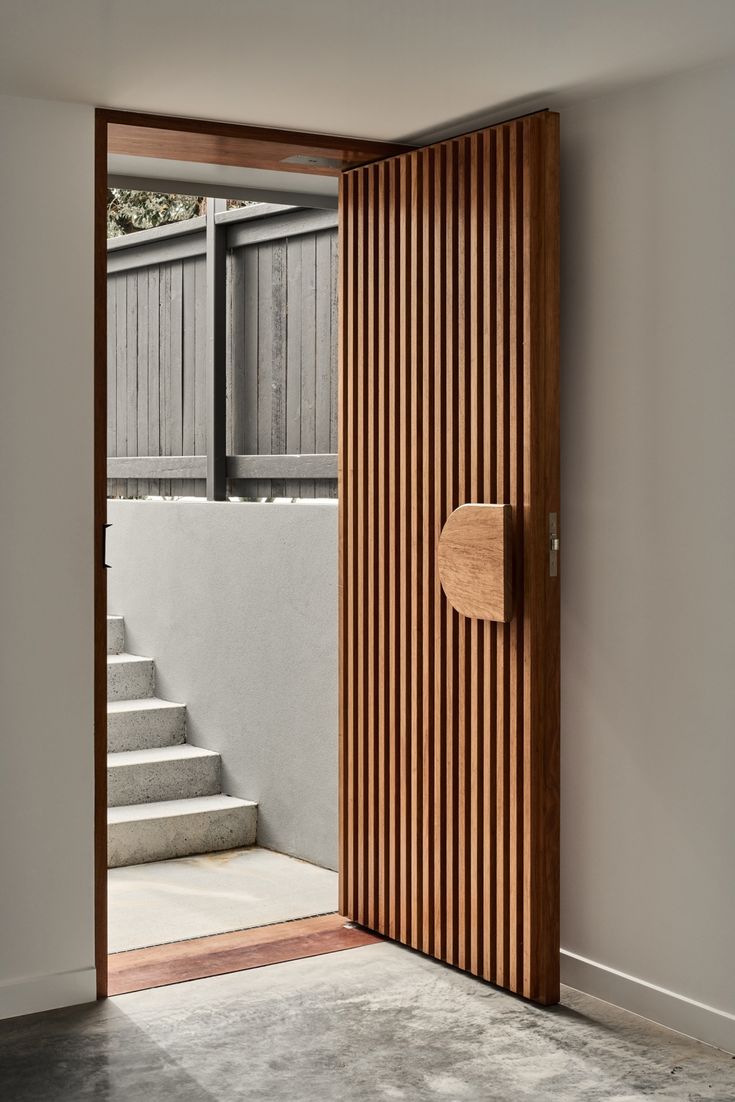
What is a Composite Doors: understanding of Core Materials and Panel Types
Share
When it comes to choosing the right door for your home, composite doors are a popular option due to their versatility, durability, and aesthetic appeal. However, the quality and performance of a composite door depend heavily on the materials used in its construction. In this blog, we’ll explore the key components that make up a composite door, focusing on the different types of core fillings and engineered panels, and how these choices impact the door’s overall performance.
The Core of the Matter: Types of Core Fillings
The core of a composite door plays a crucial role in its thermal performance, durability, and protection. Here are the two most common types of core fillings:
1. Foam Core:
Foam core composite doors are typically filled with polyurethane foam, making them the most cost-effective option on the market. These doors usually weigh between 25 to 30 kg, making them relatively lightweight compared to other types. The foam core provides decent thermal insulation, helping to keep your home energy-efficient. However, foam core doors have some significant drawbacks:
- Durability: Foam cores lack the strength and durability of other materials, making these doors more prone to damage over time.
- Protection: The level of security provided by foam core doors is lower due to the material's less robust nature.
- Environmental Impact: Polyurethane foam is not recyclable, making foam core doors less environmentally friendly.
2. Wood Core:
Wood is the more commonly used material for the core of composite doors, offering a good balance between performance and cost. Fir wood, in particular, is often recommended for its durability, water resistance, and thermal insulation properties. Wood core doors are available in two main varieties:
- Semi-Solid Core: This type of door has a partial wood filling, offering a balance between weight and strength. While it provides reasonable protection, it is not as robust as a fully solid core.
- Solid Core: As the name suggests, these doors are filled with a dense wood core, providing superior strength, durability, and security. Solid core doors are heavier and offer better thermal performance and protection compared to semi-solid core options.
Engineered Panels: MDF vs. Plywood
Beyond the core, the type of engineered panel used in a composite door is another critical factor that influences its performance, especially in terms of stability and water resistance.
1. MDF (Medium-Density Fibreboard) Panels:
MDF is a common material used for the panels in composite doors, especially for interior doors. Made from wood fibres bonded with resin under heat and pressure, MDF offers several advantages:
- Durability: MDF panels are stable and resistant to warping or cracking, making them a reliable choice for interior doors.
- Shape Stability: MDF maintains its shape well, providing a smooth and even surface for painting or finishing.
- Water Resistance: However, MDF has poor water resistance, making it less suitable for exterior doors or areas with high moisture.
2. Plywood Panels:
Plywood is another engineered material used in composite doors, particularly for exterior applications. It is made by layering thin sheets of wood veneer, bonded together with adhesives:
- Strength: Plywood is stronger and more durable than MDF, offering better protection against impacts and heavy use.
- Water Resistance: Plywood’s natural wood layers and bonded construction provide good water resistance, making it an excellent choice for exterior doors.
- Cost: While more expensive than MDF, plywood’s durability and weather resistance often justify the higher price for those seeking long-lasting, high-quality doors.
Choosing the Right Composite Door for Your Needs
When selecting a composite door, understanding the materials used in its construction is key to making the right choice for your home. Foam core doors offer affordability and decent thermal performance but fall short in durability and security. Wood core doors, particularly those with a solid core, provide greater protection, better insulation, and a longer lifespan. Meanwhile, the choice between MDF and plywood panels will depend on whether the door is intended for interior or exterior use, with plywood being the preferred option for areas exposed to the elements.
